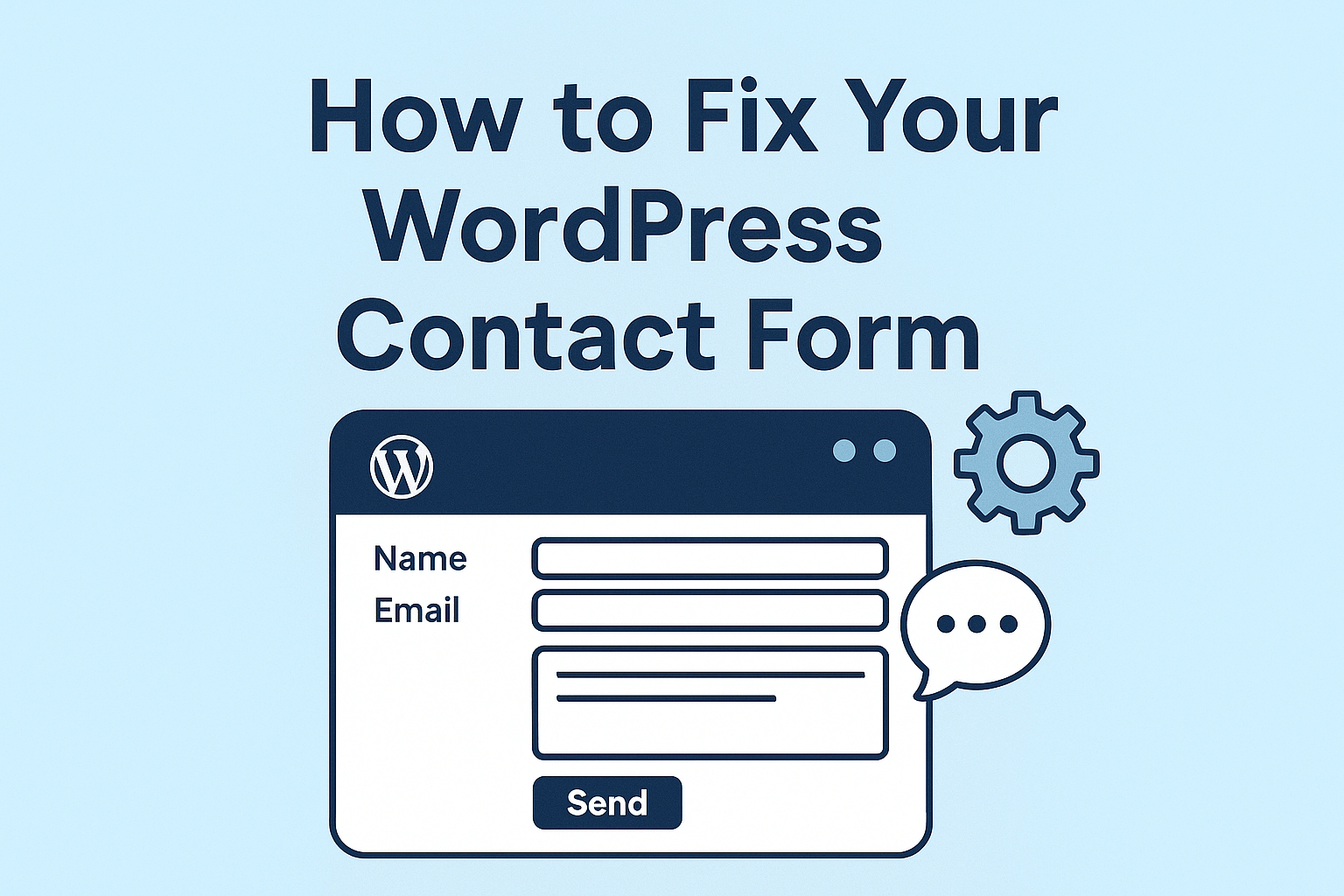In the world of AI, mastering AI prompting techniques and knowing how to effectively communicate with AI models is becoming as crucial as the technology itself. While basic prompting techniques are valuable, there are more sophisticated approaches that can dramatically improve your results. Let’s explore five advanced methods that go beyond the basics.
Table of Contents
1. Open-Ended Question (AI Prompting Techniques)
Instead of immediately providing specific instructions, this technique focuses on letting AI guide the information-gathering process. Here’s how to implement it:
1. Clearly state your problem or goal
2. Ask AI what information it needs to solve the problem effectively
3. Request explanations for why each piece of information is important
Why it works: This approach forces AI to think more comprehensively about your problem, often revealing aspects you might not have considered. It’s particularly effective when you’re unsure about all the factors involved in a complex task.
2. Advanced Role Assigning
This technique evolves the traditional role-assigning approach in two powerful ways:
Method 1: World Leader Perspective
– Select a well-known leader from any field
– Instruct AI to embody that leader’s perspective
– Present your problem and ask for their approach
Method 2: Mentorship Dynamic
– Assign yourself a specific role
– Position AI as your mentor or coach
– Let it guide you through the problem-solving process
Pro tip: You can combine both methods for even more innovative solutions and perspectives.
3. Request Multiple Solutions
This AI Prompting Techniques technique encourages exploring various approaches rather than settling for a single solution. Here’s the framework:
1. Define your task or problem clearly
2. Request 3-5 distinct approaches or solutions
3. Specify that each solution should approach the problem from a unique angle
Advanced application: Ask for both conventional and unconventional solutions to push creative boundaries even further.
4. Reverse Prompting
This innovative technique involves working backward from your desired outcome:
1. Present your desired output (whether it’s copy, a blog post, or other content)
2. Ask AI to generate the prompt that would likely produce that output
3. Use the insights to build templates for future use
**Example:**
Instead of asking “What should I cook for dinner?”
Try: “I want a healthy, 30-minute meal using chicken and vegetables. What prompt would you use to get specific recipe suggestions?”
5.Multi-Prompts Technique:
Think of this AI Prompting Techniques like having a really good conversation where each question builds on the last one. Instead of asking one big question, you’re breaking it down into smaller, targeted questions that help you understand the whole picture better. It’s similar to how you’d solve a puzzle – you don’t try to put it all together at once, but piece by piece, with each piece giving you a clearer view of the final image.
This technique is all about building comprehensive understanding through multiple, targeted questions. Just like how you probably ask your friends follow-up questions to really understand what they’re talking about, you’ll do the same with AI. Each new question helps fill in gaps and uncover details you might have missed with a single, broad question.
The beauty of this approach is that it helps AI (and you!) think more deeply about the topic, step by step, rather than trying to tackle everything at once. It’s like having a series of mini-conversations that all work together to give you a fuller, richer understanding.
Bonus hack: After getting answers, ask AI to point out any problems or limitations in its own advice. It’s like having a fact-checker built in!
Implementation:
1. Start with a broad context-setting prompt
2. Follow up with specific, detailed questions
3. Use each response to inform subsequent prompts
This method is particularly effective for:
– Complex problem-solving
– Strategic planning
– Detailed analysis
– Creative brainstorming
Here’s a simple example: Let’s say you’re planning a social media strategy. Instead of just asking “Help me create a social media strategy,” you’d break it down like this:
First prompt: “What are the key elements of a successful social media strategy?”
↓ Follow-up: “Based on those elements, what platforms would work best for my business that sells handmade jewelry?”
↓ Next prompt: “How should I structure my content calendar for Instagram, considering it’s my main platform?”
↓ Then: “What types of posts would engage my target audience of young professionals interested in unique accessories?”
See how each question builds on the previous answer? You’re essentially having a flowing conversation that gets more specific and valuable with each prompt. It’s like peeling an onion – each layer reveals more useful insights!
Bonus: Self-Assessment Enhancement
To maximize any of these AI Prompting techniques, always include a self-assessment component:
– Ask AI to evaluate its own responses
– Request analysis of potential limitations
– Seek suggestions for improvements
– Challenge underlying assumptions
I found is a great way to force AI to think more deeply and consider both Pro pros and cons of its output it can be applied to any types of task
When we ask AI to reflect on its own response and force it to think and think again and come back with a better response
Conclusion
These advanced AI prompting techniques transform your interaction with AI from simple task execution to collaborative problem-solving. By implementing these methods, you’ll unlock more accurate, creative, and effective solutions to your challenges.
Remember: The key to mastering these techniques is practice and experimentation. Start with one method and gradually incorporate others as you become more comfortable with each approach.
What’s your favorite way to interact with AI? Share in the comments below!



